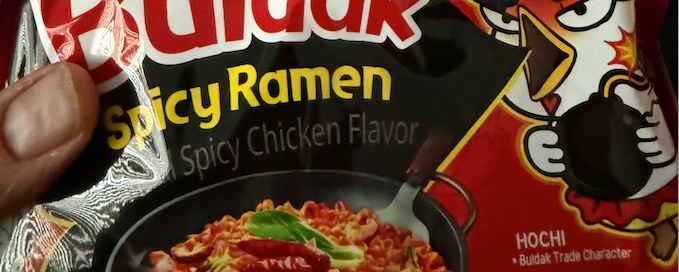I. Executive Summary
A significant explosion and fire occurred at the Chevron Corporation refinery in El Segundo, California, on the evening of October 2, 2025. The incident originated in a critical processing unit. It sent a massive fireball into the night sky, rattled nearby communities, and triggered a large-scale emergency response.
The fire was contained and extinguished without reported fatalities. However, its repercussions extend far beyond the refinery’s fenceline. The event exposed deep vulnerabilities in regional energy infrastructure, regulatory oversight, and corporate safety protocols.
A definitive root cause analysis by investigating agencies is still pending. However, a comprehensive review of the available evidence indicates the catastrophe was not a random accident. Instead, it was the culmination of a series of interconnected failures.
The immediate catalyst appears to be a technical failure within the refinery’s ISOMAX hydrocracking unit. This unit is vital for producing jet fuel and diesel. The failure occurred against a backdrop of documented, pre-existing operational deficiencies.
Regulatory filings reveal a pattern of repeated safety and environmental violations at the facility. These occurred in the years and months leading up to the fire. One recent citation was specifically related to the ISOMAX unit. This pattern suggests a systemic failure to effectively address known risks.
A profound vacuum in federal oversight compounded the incident’s severity. The U.S. Chemical Safety and Hazard Investigation Board (CSB) is the independent federal agency tasked with conducting root-cause analyses of such disasters. Its goal is to prevent future occurrences. However, administrative and budgetary actions have rendered the CSB effectively inactive.
Without the CSB, the investigation has become fragmented. Multiple local and state agencies with narrow, siloed mandates are now involved. This creates a significant risk that the most critical systemic lessons from this event will not be identified, synthesized, and disseminated across the industry.
The fire’s consequences were immediate and multi-faceted. It triggered significant disruptions to the West Coast’s tightly constrained fuel supply, especially for jet fuel. This created economic volatility. The fire also resulted in documented health impacts on local residents and injuries to refinery workers. This led to multiple lawsuits that directly contradict initial corporate and municipal statements.
Furthermore, the incident and the subsequent public communication severely eroded trust between the corporation and its host communities. This event serves as a critical case study. It highlights the cascading risks of aging energy infrastructure operating within a weakened regulatory framework. It offers urgent lessons for regulators, industry operators, and policymakers.
Ultimately, this analysis concludes that preventing future disasters requires a fundamental shift. This includes proactive enforcement, a renewed corporate commitment to safety over production, and the immediate restoration of independent federal oversight.
(more…)



